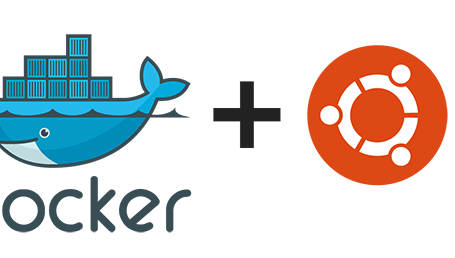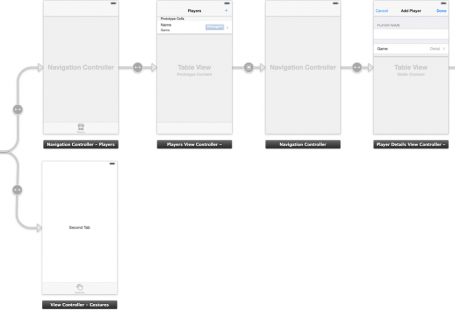The use of technology in classrooms has become a crucial tool for understanding and learning. According to Pierce and Ball (2009) that students’ attitudes toward math improve when they work with technology in the classroom. They also tend to develop a greater understanding of the subject. Students can experiment with mathematical concepts by using various tools, such as calculators or online manipulation tools. However, incorporating the right technology into math classes is a matter of careful thought and an understanding of how it functions.
One of the main benefits of incorporating technology into mathematics classes is that it lets teachers discover more imaginative and engaging methods of teaching the subject. Some of the more recent digital tools have been designed to take advantage of students’ visual and modeling ability. Software programs, for instance let students create 3D geometrical figures of shapes such as cubicles and cones in a way that aids students to understand the shape and properties.
The most efficient technology tools can also assist students free up their working memory so they can focus on modeling and problem formulation. They also assist students in creating public records of their thoughts which can be re-used, transported and easily shared amongst colleagues and teachers. This approach seeks to bridge the gap between students’ informal knowledge and the formal structure of mathematical and scientific phenomena.


